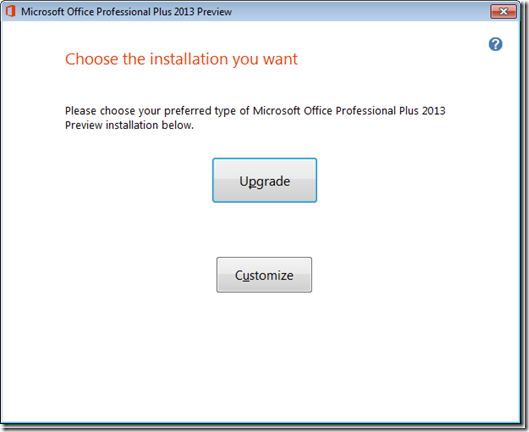Uninstall Office 2010 With Msiexec Parameters
Posted By admin On 20/12/17Here are steps for silently uninstall Office 2010. The steps for uninstalling other editions of Office are very similar. Apr 07, 2011 How to obtain and use Offscrub to automate the uninstallation of. Setup and Msiexec. Tags 2010 32 bit Office Office 2007 Office 2010 Uninstall.

I’ll assume most of the people here are techs and just looking for a quick and easy no hassles ‘get me going’ solution. I’ll do my best to deliver. Use the at TechNet to get full details on what needs to be done if you want to go in-depth. • Run setup /admin from the CD or local store of the Office 2010 files. This is practically the same straightforwardness found in Office 2007 admin setup. This is the Office Customization Tool (OCT) • In OCT, be sure to set the key, accept the EULA, and have a display level of None (Suppress Modal checked).

• In OCT, for a silent activation as well (shows first time user opens Office), you can automate this through this as well. Under ‘Add Installations and Run Programs’ add a program. Have it run after Office installs. Details below: Target: [WindowsFolder] system32 cmd.exe Arguments:/c cscript “C: Program Files (x86) Microsoft Office Office14 OSPP.VBS” /act *Tip* Run cscript “C: Program Files (x86) Microsoft Office Office14 OSPP.VBS” to look at all the arguments of this utility.
*Note* This will have to be adjusted per O/S. Alternatively, you can create additional commands, so long as one calls the correct location it will work. Unfortunately using [ProgramFilesFolder] will not translate when the command is run! • Save the MSP file when done configuring, ideally this should go into the Updates folder. • To install run setup /adminfile Updates/MyFile.MSP. IF you get a selection of items to install still, you can get around this by targeting a certain config.xml file to force starting that particular program.
You can adjust the call to setup.exe like this: setup /adminfile Updates/MyFile.MSP /config ProPlus.WW/config.xml Keep in mind, the above will only work if you are trying to install Office Pro, if you’re attempting something else, you’ll have to point to the other folder containing the correct config.xml. Quotes can be used above, and must be used if you have spaces anywhere within the two paths.
Suppress Modal I’ve spent too much time than I want to admit trying to get Office to activate. IF the Suppress Modal is active, it may stop other programs from running. I’ve tried different ways of running batch files and none ran, even though the log file in%temp% showed “executing command path: ‘c: test.bat'” or whatever other batch.
Portrait Professional For Mac Serial. However using cmd /c in the fashion I have, it ran with no problems even with suppress modal being active. Quote from In enterprise deployments, we recommend that you set Display level to None to ensure that Setup runs silently, to prevent prompting users to enter information, and to prevent the installation from waiting for any user interaction, including when files are being used. Setting Display level to None assumes that the Suppress modal and Completion notice options are silenced and that the license terms are accepted. Administrators must also make sure that no Office applications run during an installation of Office 2010. Useable Variables within Install Folder Description [INSTALLLOCATION] The folder in which Office is installed [WindowsFolder] Windows folder [SystemFolder] Windows System32 folder [ProgramFilesFolder] Program Files folder [CommonFilesFolder] Program Files Common Files folder [DesktopFolder] Windows Desktop folder [StartMenuFolder] Windows Start menu [ProgramMenuFolder] Windows Start Programs menu Troubleshooting Not activating? You can append ‘>c: output.txt’ to the end of your command argument and have the output from OSPP stored in a file so you can see what happened.